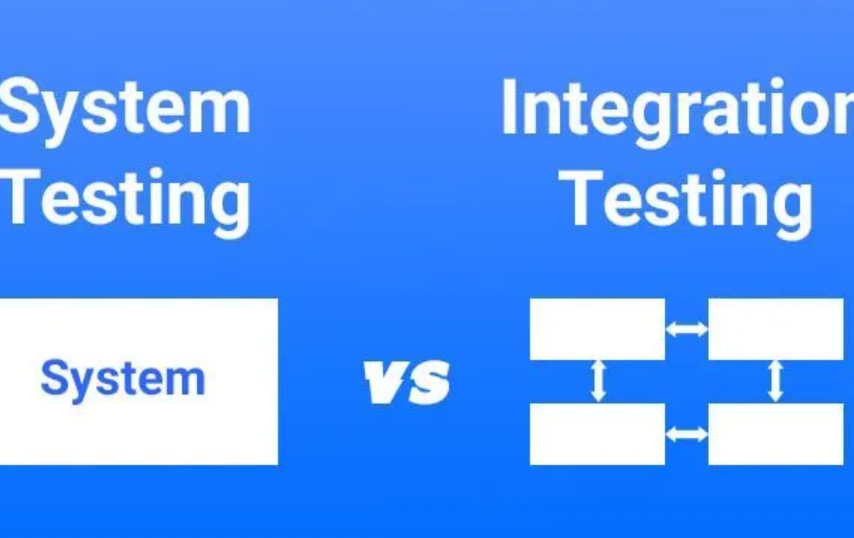In software development, two essential players emerge into the spotlight: regression testing and integration testing. These dynamic duos work behind the scenes to maintain the seamless operation of your beloved applications. Picture this: you’re swiping through a well-crafted app, savoring its features without a hitch. Ever pondered how this flawless functionality is upheld? That’s where regression and integration testing comes into action. In the era of sophisticated software, obtaining a glitch-free user experience is the gold standard. With their intricate interplay of various components, modern applications demand unbreakable cohesion. This is where the significance of these testing techniques emerges.
Regression Testing: Ensuring Software Consistency
Regression testing is a fundamental process in software development, serving the vital function of maintaining the reliability and consistency of software applications. The primary purpose of regression software testing is to detect any unintended side effects that might emerge as new code is integrated into existing software. This practice obtains further efficiency through the automation of repetitive test cases, saving time and enhancing accuracy. Regression testing is a stalwart sentinel in the intricate voyage of software development. It holds particular significance within the software development lifecycle, safeguarding against the accidental introduction of defects when modifications are made to the codebase. This procedure becomes especially critical as software evolves, ensuring new features and fixes don’t disrupt the established functionality. Various types of regressions can conceivably affect the smooth sailing of software functionality. From functional to non-functional, each category encompasses the potential to compromise the integrity of the software. Functional regressions, for instance, may contribute to features not working as expected. In contrast, non-functional ones might deteriorate performance or security aspects. Understanding these categories aids developers and testers in constructing targeted strategies to prevent regression issues.
Regression Testing: Ensuring Software Consistency
In the dynamic world of software development, consistency is essential. This is where regression testing comes into action. This type of testing is like a vigilant sentinel, ensuring that any changes made to the software don’t disrupt its extant functionalities. The primary purpose of regression testing is simple but paramount: to guarantee that new code changes haven’t introduced unintended side effects. Automated regression testing is the modern hero in this narrative. It’s all about using automated tools to rerun a suite of test cases covering the software’s fundamental functions. This approach saves time and effort compared to manual testing while reducing the likelihood of human errors. Why is regression testing so significant? Well, suppose you’re building complex software piece by piece. With every addition or alteration, there’s a possibility of something going awry elsewhere. Regression testing is like a safety net, ensuring the changes don’t disrupt the established harmony of your software. Regarding software development lifecycles, regression testing is an essential actor. It fits snugly into the development process, preventing regressions (hence the name) as the software develops. This diligent testing phase helps identify issues early, making them less costly. The varieties of regressions are diverse, and their impact can be quite diverse too. Functional regressions can undermine essential features, and performance regressions can slow down your software to a crawl. With regression testing, you’re on the front lines to detect these issues before they become major headaches.
Integration Testing: Uniting the Software Jigsaw
Imagine a puzzle made up of software components. Integration testing is the process of guaranteeing that all these puzzle pieces fit together seamlessly. This is vital, particularly in complex software projects with interdependent components. Integration testing isn’t just an excellent idea; it’s a necessity. As your software develops, so does the potential for issues arising from the interactions between its various parts. Integration testing is like the peacemaker, detecting conflicts and ensuring everything functions harmoniously. Integration testing is more than just a step when dealing with complex software initiatives – it’s a lifeline. It helps you unearth bugs that only show up when different components start conversing. Addressing these issues early prevents the entire system from collapsing like a house of cards. Methods for conducting integration testing come in three varieties. Top-down integration testing begins from the top-tier components. It progressively works its way down, testing the connections along the way. Bottom-up integration testing does the opposite, commencing with the low-level components. The big explosion integration testing is like a grand reveal – everything is combined and tested simultaneously.
Common Challenges in Software Integration
The world of software integration isn’t all sunshine and rainbows. The interconnected components introduce complexity, and with complexity comes challenges. Compatibility issues and data flow management can throw a wrench into the gears of even the most meticulously crafted software. You must ensure that each piece speaks the same language and understands each other’s requirements. Dependency management and third-party integrations add another layer of complexity. Imagine you’re constructing a house, and you rely on suppliers for materials. If a supplier changes something without informing you, your project could be in jeopardy. It’s the same in software – you need to be aware of alterations outside your control.
Conclusion
In this fast-paced digital age, effortless software functionality is the name of the game. To achieve this, the unified regression and integration testing approach is a genuine game-changer. By embracing this integrated testing strategy, you can proactively confront challenges and ensure your software stands strong in the face of complexity. It’s not just a suggestion; it’s a practical solution for robust applications in the modern software landscape.








